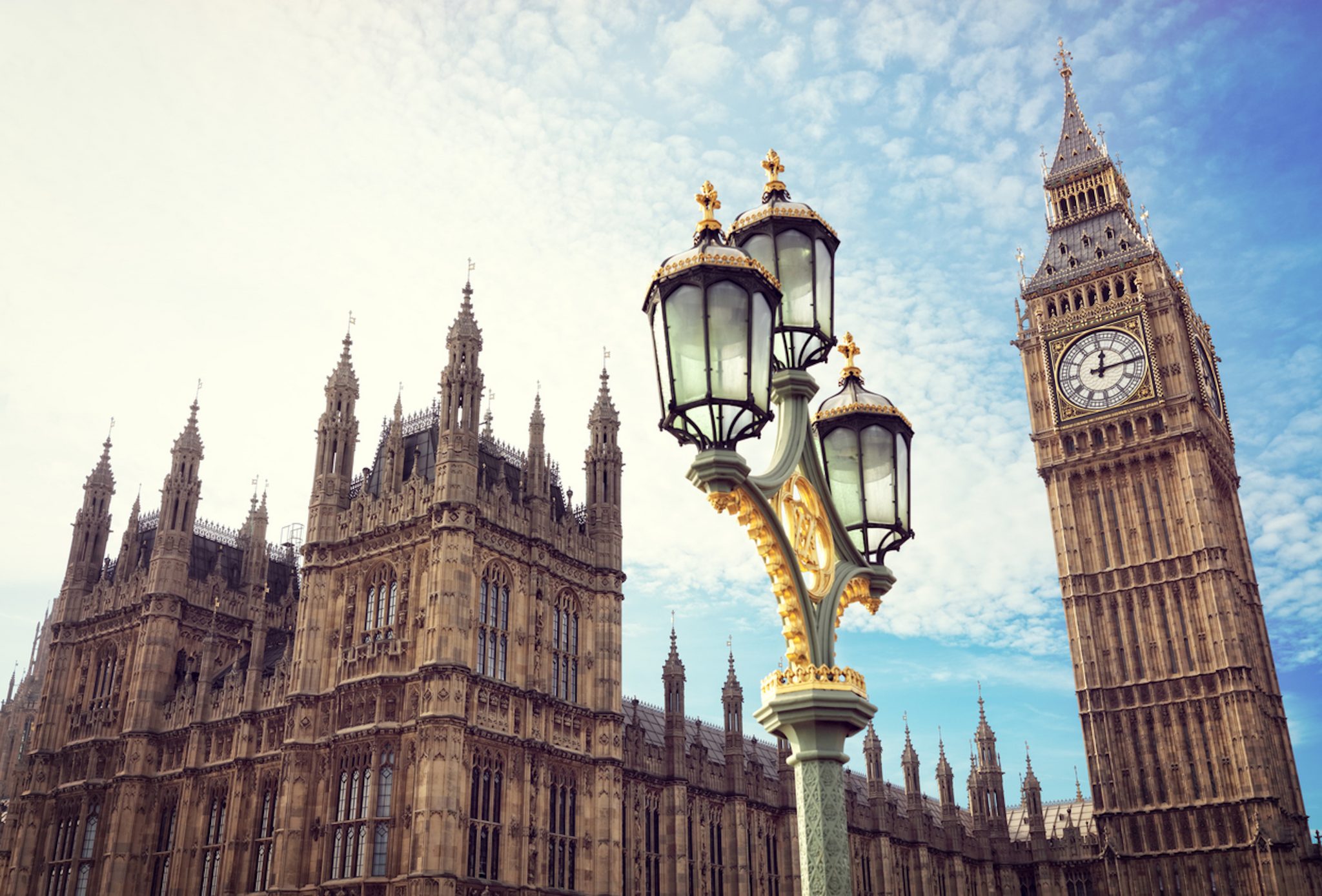Abolishing stamp duty for first-time buyers was enough for Chancellor Philip Hammond to turn heads in the Autumn Budget – even if it was leaked beforehand and there wasn’t much else to help Britain’s savers.
From today, those wanting to buy their first home will no longer have to pay stamp duty on homes worth up to £300,000. For property worth up to £500,000, first-time buyers won’t have to pay stamp duty on the first £300,000.
The giveaway aims to give first-time buyers a boost onto the housing ladder, and will be well received by the UK’s ninth largest mortgage lender, the Bank of Mum and Dad.
Although no fireworks were expected, the abolishment of stamp duty came at the end of an Autumn Budget that was thin on the ground of help for savers and investors.
Economic health is largely to blame, with downgraded economic growth forecasts, inflation peaking at 3%, and “stubbornly flat” productivity. Hammond had very little wiggle room.
GDP growth was downgraded to 1.5% for 2017 by the Office for Budget Responsibility, 1.4% in 2018, 1.3% in both 2019 and 2020, before picking back up to 1.5% in 2021 and 1.6% in 2022.
Consumers will already be concerned that shrinking economic growth and low productivity will mean a lower return on investments.
Against the economic backdrop, Brits are finding it tough to save and invest their money for the future. An increase in the personal allowance to £11,850 for basic rate taxpayers could see Brits £1,075 better off a year compared to 2010.
As part of the Chancellor’s pledge to raise the personal income tax threshold to £12,500 by 2020, and £50,000 for higher rate taxpayers, the higher rate threshold has been increased to £46,350.
Does Autumn Budget tackle sluggish productivity?
It was the ‘future’ Hammond wanted to point heads to – he said the word 33 times in his one hour speech.
Economic growth is driven by consumer spending, business investment and government spending, as well as the difference between imports and exports. Productivity is a crucial cog in this wheel.
If demand for goods and services increases faster than capacity, this economic growth is likely to cause inflation. In the UK, inflation remained at 3% in October, above the government’s 2% target.
So how is the Chancellor tackling the UK’s productivity problem?
He has extended to £23 billion National Productivity Investment Fund by one year and expanded its remit to over £31 billion.
More money is going into research and development, in an attempt to increase R&D investment across the economy to 2.4% of GDP. There’s even a £500 million fund dedicated to artificial intelligence, 5G and full fibre broadband.
Included in the number of money pots designed to boost UK infrastructure, the government has pledged to build one million homes in the Cambridge-Milton Keynes-Oxford corridor, creating the road and rail infrastructure to support them.
Was there anything for the personal investor?
Savers and investors were left empty-handed from this Autumn Budget, despite the squeeze on household budgets taking its toll on Brits capacity to save. The value of any money sat idly in cash savings accounts is being eroded by inflation.
Pension savers will be given a small boost from April next year as the pension lifetime allowance goes up in line with inflation, increasing from £1 million to £1,030,000.
Savers are usually required to pay an extra tax charge if a pension pot is worth more than the lifetime allowance, which can discourage many from saving more for their retirement.
Former Chancellor George Osborne reduced the lifetime allowance from £1.25 million in April 2016.
Make the most of tax incentives already available
Whilst the Autumn Budget was light on any giveaways for savers, those looking to grow their money for the future should make the most of current tax relief.
The generous tax benefits available on personal pension contributions means you can claim relief relative to your income tax band. This means a basic rate taxpayer will pay just £8,000 for a £10,000 pension contribution, and a higher rate taxpayer will pay just £6,000.
There’s a limit to how much you can put in your pension each year to receive tax relief on. In the 2017/18 financial year this is £40,000 or your annual salary, whichever is lower.
For those wanting to grow their money for life goals a little nearer on the horizon, an ISA is a simple and tax-efficient way to invest. You can put up to £20,000 in our ISA each financial year, and any growth in the value of your investment and any income can build up tax free.
Investors use ISAs for a more flexible way to protect their money from the value of inflation and grow it for the future – to help your children onto the housing ladder, perhaps.





